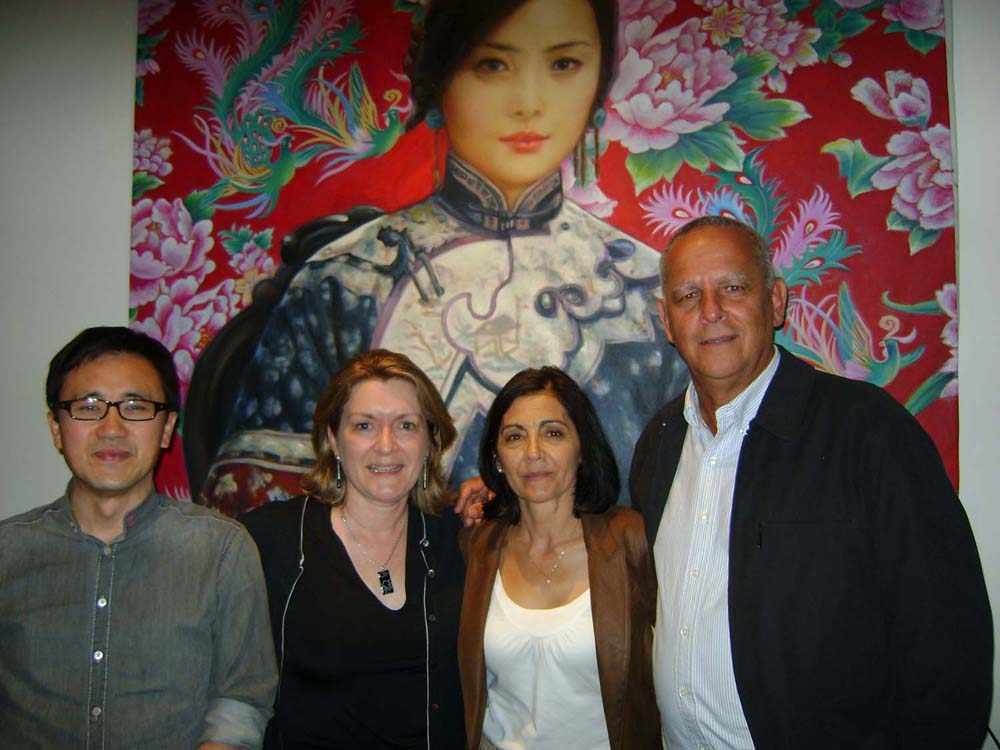

Kuito, in the province of Bié which, along with Huambo is the heart of the Ovimbundu tribe. They were loyal to the now defunct Jonas Savimbi, a native Ovimbundo and leader of the UNITA movement claiming the control of Angola, after Portugal gave idependence to the colony. Kuito being a stronghold of UNITA, was the scenario of heavy fighting for the control of the city and the surrounding areas.
In 1978 I was called to do some repairs to the Cunje Power Station that supplied power to the city. During those days the Unita controlled practicaly the country and MPLA, the movement in power, only controlled a little more than the cities. I travelled to Cunje by rail, on a motorised rail car (Motocar) and under heavy military escort. The city at the time was still intact but suffering from the siege laid by UNITA. In Kuito and Cunje I had a slight taste of what it is like living in a sieged city. My experience was nothing like what you will see in the next few pages.
I left Angola in 1979 and the war escalated after the failed elections of 1992. The fighting over the control of the city left it destroyed almost to the point of non-recognition. MPLA eventually regain the control of Kuito in 1998 using heavy artillery and tanks. Being a native of Kuito I could only recognize the city through some of the icons such as the main church, the sports stadium and the main square called in the olden days Praça Silva Porto. Even those icons were almost unrecognised such was the destruction they suffered.
The area around the city was considered one of the world’s most heavy land mined and as a consequence the number of injured people enormous.
In 2000 two volunteers from Médicins Sans Frontières, a surgeon and his wife spent almost one year in the city. They were part of a group of volunteers sent to help reducing the suffering of the city’s population. Karin Moorhouse and Wei Cheng lived at the time in Hong Kong. Karin was the head of Marketing and Sales of Nestlé and Wei a pediatric surgeon and Assistant Professor of Surgery at the University of Hong Kong. They left their comfortable lives to help the people of Kuito.
In Kuito, Wei’s activities revolved around the hospital where my uncle Francisco Leal was the Matron for many years until 1975. The hospital was nothing but a set of walls with little or no equipment, no trained medical staff and were the sick and injured flocked to get help. Karin worked as financial administrator and helped with the administrative and social side of the operation.
Both Karin and Wei documented their experiences in a book available from Amazon.com and called ”No One Can Stop The Rain”. In the book Wei describes his experiences at the hospital and Karin the social aspects of the life in Kuito.
I did not know Karin and Wei at the time. One day I received an email from a lady and I almost delete without reading it, as I do with unsolicited emails from ladies. However as I was going to hit the DELETE key, four words in the subject of the email caught my attention: Kuito, Hong Kong, Nowra. I stopped and open the email and that was the beginning of a wonderful friendship.

With Karin and Wei in their house in Melbourne during Xmas 2010
Karin was born in Nowra where I was living at the time of the email and her family still lived there; she was married with a Chinese national living in Hong Kong, near Macau, where I lived for two years; Kuito was my birthplace and the city where I spend some of my youth.
Karin and Wei went to live in Toronto after Angola. Whilst preparing the material for the book, Karin did a search in the Internet for Kuito and this website popped up. Later she told me that it was late at night when she found the website and could not believe how much we had in common.
We exchanged emails, met personally in Australia, I attended the book launch in Sydney and are now very close friends. Karin and Wei live now in Beijing.
The photos in this section are photos taken by Karin and Wei and the comments I made in the photos are based on our conversations. They are fantastic documents capturing not only the trauma of war, but also a rich insight into the ordinary life of the local residents and the medical volunteers.
Wei, a keen photographer and painter captured in some of his photos the expressions of hope and happiness of the people of Kuito. When we imagine the condition people were living in those days, it is difficult to comprehend how they could be happy and have hopes for a better future. But this is a characteristic of the Ovimbundo people. When you look at the next section “Kuito Now – A Triumph of Common Sense” you will see how the people of Kuito rallied together and like the mythical bird Phoenix, are rising the city from the ashes.